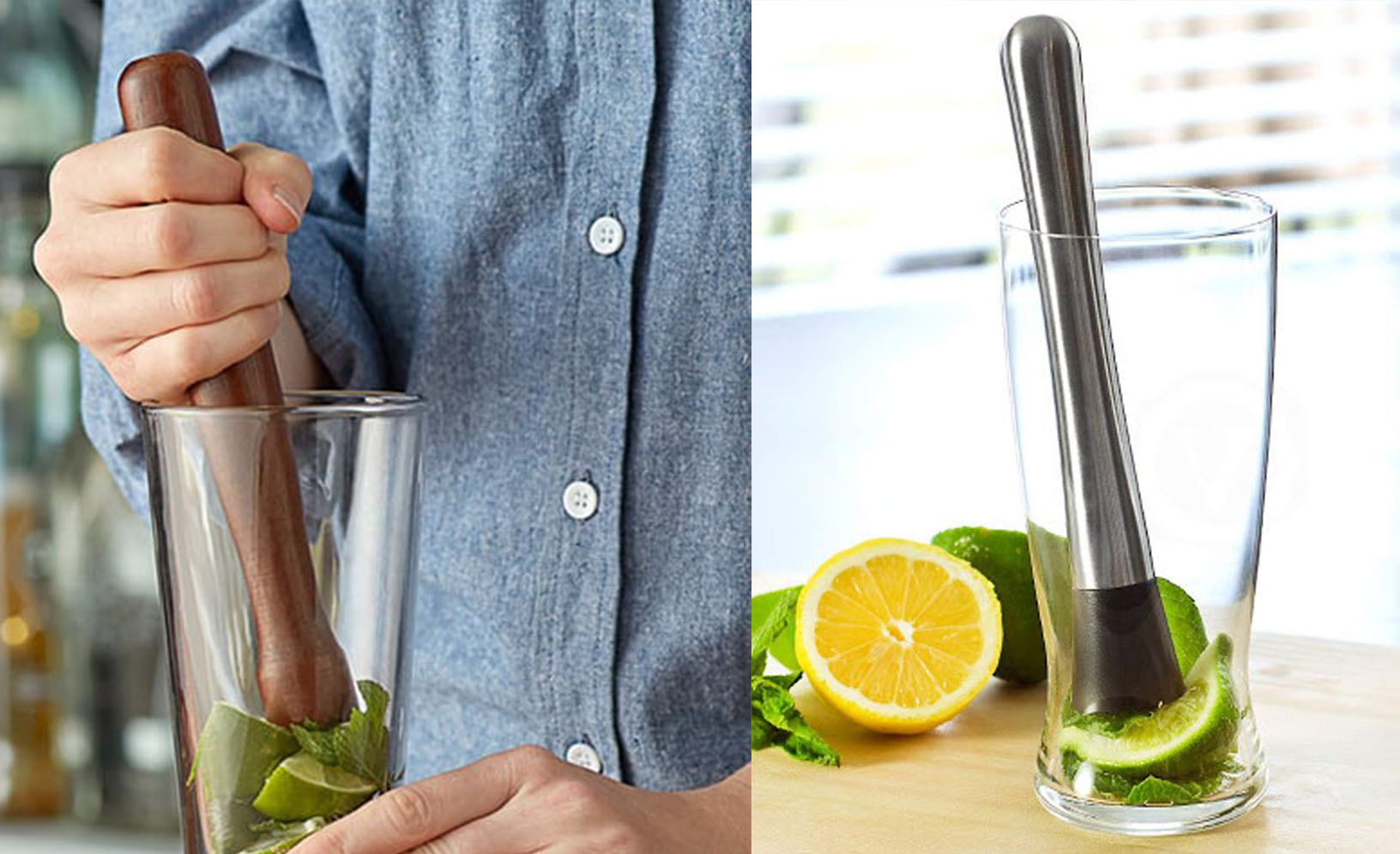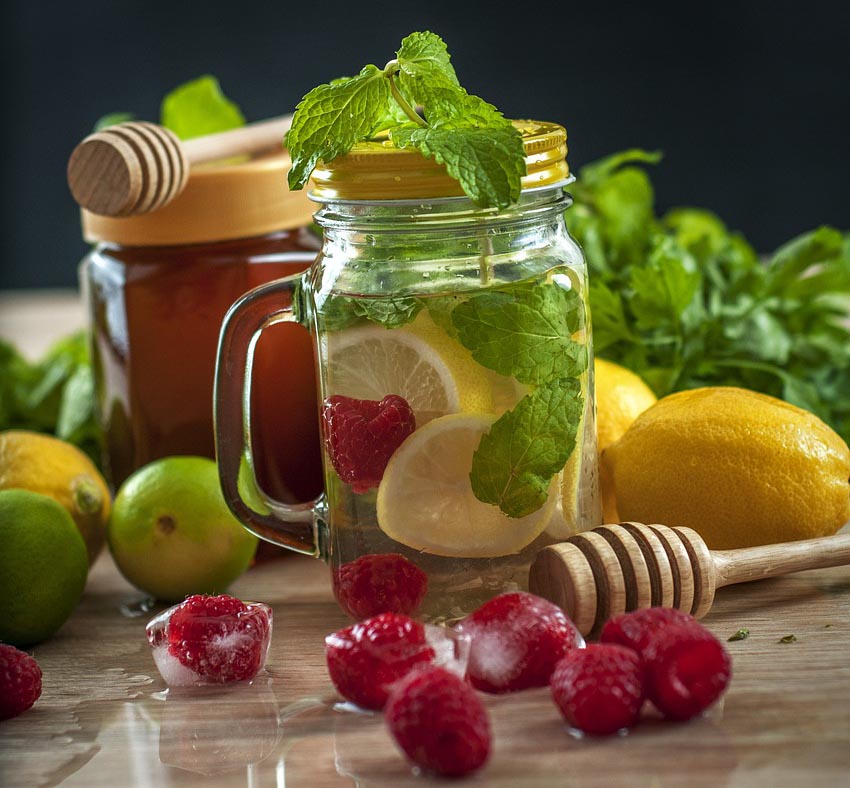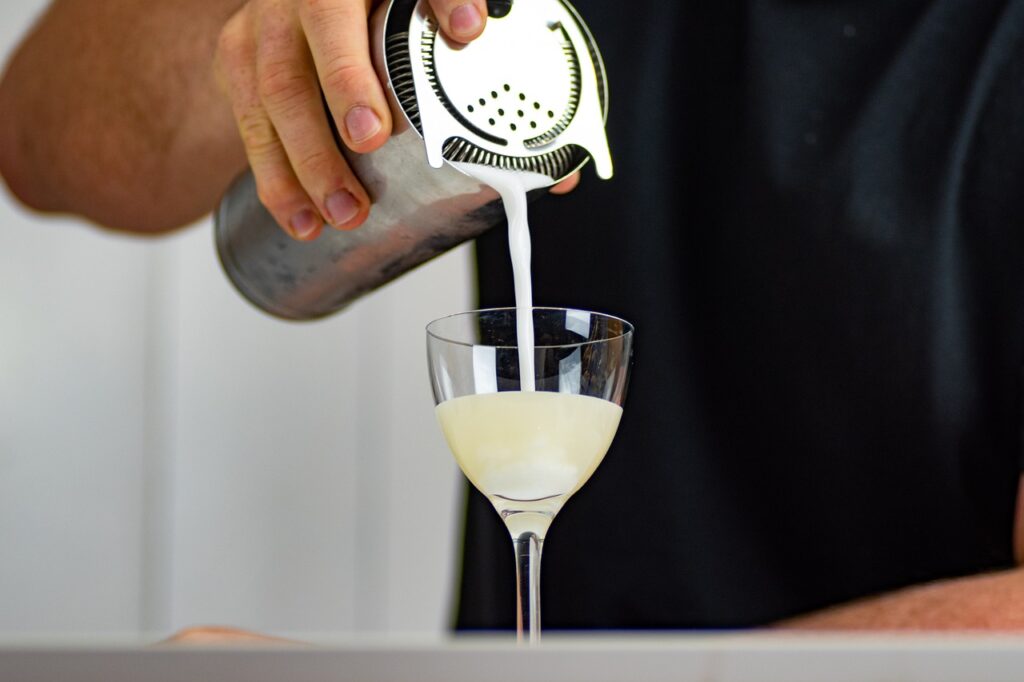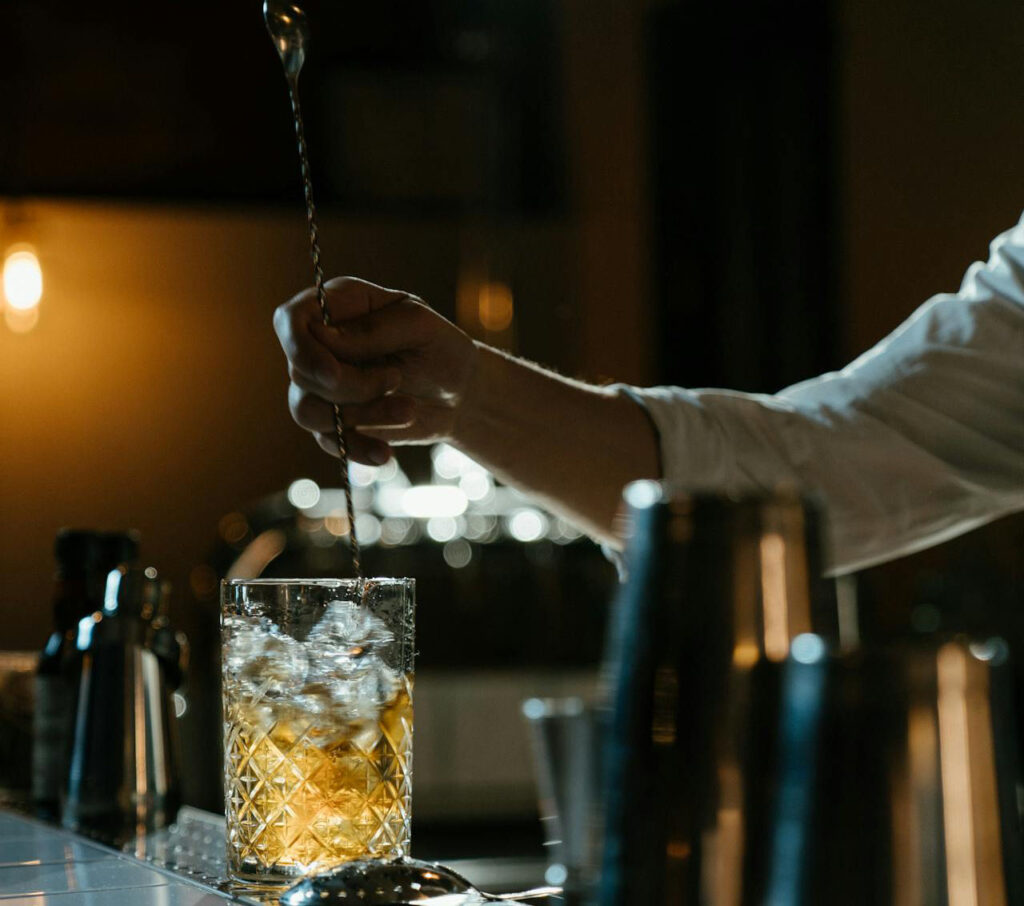
In the world of mixology, the muddler plays a crucial role in crafting the perfect cocktail. Whether you’re an amateur bartender or a seasoned mixologist, the choice between a wooden and a metal muddler can significantly impact the flavor, texture, and overall quality of your concoctions. In this article, we’ll delve into the features and benefits of both wooden and metal muddlers to help you make an informed decision based on your preferences and needs.
Understanding the Basics of Muddlers
Before delving into the intricate details of wooden and metal muddlers, it’s essential to grasp the fundamental role these tools play in the art of mixology. A muddler, a simple yet indispensable handheld device, is meticulously designed to crush and amalgamate ingredients directly within the glass.
Whether it be luscious fruits, aromatic herbs, or piquant spices, the muddler acts as a catalyst, coaxing the release of flavors and aromas, thereby transforming an ordinary drink into a sensorial masterpiece.
This muddling process is more than a mere mechanical action—it’s an alchemical dance that enhances the drinking experience, turning a cocktail into a harmonious symphony of tastes and scents.
The choice of muddler material becomes a pivotal decision in this mixological endeavor, as it directly influences the outcome of your concoctions. The right muddler isn’t just a tool; it’s a key player in elevating your mixology game, transforming your cocktail creations from good to extraordinary.
Wooden Muddlers: Features and Benefits
Overview of Wooden Muddlers
Wooden muddlers stand as a timeless choice, often favored for their natural aesthetic appeal and unique tactile qualities. Crafted from hardwoods like maple, oak, or walnut, these muddlers introduce a rustic charm to the cocktail-making process, connecting us with tradition even in modern mixology.
Material Characteristics
The choice of wood plays a crucial role in shaping the muddler’s texture and aesthetics. Hardwoods, characterized by their durability and density, provide a smooth yet firm surface. This not only ensures effective muddling but also contributes to a comfortable grip, allowing you to navigate the muddler with precision and ease.

Benefits of Using Wooden Muddlers
- Flavor Preservation: One of the standout advantages of wooden muddlers is their knack for preserving the natural flavors of ingredients. Unlike metal counterparts, wooden muddlers won’t introduce unwanted metallic undertones to your cocktails, ensuring a pure and unadulterated taste.
- Gentle Muddling for Delicate Ingredients: The inherent softness of wood ensures a gentler muddling process, making it ideal for delicate herbs and fruits. This characteristic allows for nuanced control over the intensity of the muddling, preventing the over-extraction of bitter notes.
- Comfort and Grip: The ergonomic design of wooden muddlers goes beyond aesthetics. It offers a comfortable grip, reducing strain during prolonged use. This feature is particularly appreciated by mixologists who find themselves crafting numerous cocktails in a single session.
Potential Drawbacks
- Susceptibility to Damage and Wear: While hardwoods provide durability, wooden muddlers may exhibit signs of wear over time, potentially affecting both performance and aesthetics.
- Absorption of Flavors: The porous nature of wood means that, with prolonged use, muddlers may absorb flavors, subtly influencing subsequent cocktails. Regular maintenance and mindful cleaning are essential to mitigate this effect.
Metal Muddlers: Features and Benefits
Overview of Metal Muddlers
On the opposite end of the spectrum, metal muddlers emerge as a modern and durable alternative in the mixology scene. Crafted from materials like stainless steel or aluminum, these muddlers boast sleek designs and undeniable strength.

Material Characteristics
Metal muddlers are celebrated for their durability and resistance to wear. The sleek, polished surface of these muddlers provides a different tactile experience, presenting mixologists with a solid and unyielding tool.
Benefits of Using Metal Muddlers
- Longevity and Resistance to Wear: Metal muddlers are less prone to wear and tear, ensuring a longer lifespan and consistent performance. This durability makes them an excellent investment for those who engage in frequent cocktail crafting.
- Easy to Clean and Maintain: The non-porous surface of metal muddlers makes them exceptionally easy to clean and sanitize. This feature is a crucial factor in maintaining hygiene standards, especially in a bustling bar or home setting where time is of the essence.
- Versatility in Muddling Techniques: The solid and unyielding nature of metal muddlers opens the door to more forceful muddling techniques. This versatility makes them suitable for various recipes, especially those that require a more vigorous approach.
Potential Drawbacks
- Transfer of Metallic Taste: In certain conditions, metal muddlers may impart a subtle metallic taste to cocktails. While not universally experienced, this factor can influence the overall flavor profile, especially in more delicate or nuanced drinks.
- Lack of Texture: The smooth surface of metal muddlers might lack the textured grip some prefer for precise muddling techniques. This can be a matter of personal preference, as some mixologists appreciate the smooth glide of metal, while others seek the tactile feedback offered by wooden muddlers.
Factors to Consider When Choosing
Personal Preferences
As you embark on the journey of choosing between wooden and metal muddlers, consider your personal preferences regarding the tactile experience, aesthetics, and overall feel of the muddler. Some individuals find solace in the warmth and natural feel of wood, creating a connection with tradition. On the other hand, those who appreciate the sleekness and modernity of metal may find their match in a metal muddler.
Cocktail Ingredients
Different cocktails demand different muddling techniques. Consider the sensitivity of ingredients to muddling pressure and the desired outcome for specific recipes. Delicate herbs and fruits may fare better with a wooden muddler, while robust ingredients could benefit from the strength of a metal counterpart.
Maintenance and Care
Evaluate the cleaning requirements and long-term durability of each type of muddler. If easy maintenance is a priority, a metal muddler might be a more suitable choice, especially in settings where rapid and frequent cleaning is necessary.

Making Your Decision
As we embark on the final stretch of our exploration, it’s time to distill the wealth of information gathered into a decision-making guide. The journey through wooden and metal muddlers has provided a comprehensive understanding of their features, benefits, and potential drawbacks.
Consideration of Individual Preferences and Needs
Now armed with a thorough understanding of the characteristics and nuances of each muddler type, it’s time to consider your individual preferences and needs. Reflect on your personal taste, the types of cocktails you love to create, and the overall aesthetic you envision for your mixology experience.
If you appreciate the warmth, natural feel, and aesthetic charm of wood, and if you find joy in the nuanced art of muddling delicate herbs and fruits, a wooden muddler might be your ideal companion. On the other hand, if you value durability, ease of maintenance, and the versatility to tackle a wide range of muddling techniques, a metal muddler could be the perfect fit.
Encouragement for Experimentation and Personal Exploration
In the world of mixology, there are no strict rules; there’s only the art of crafting the perfect drink tailored to your preferences. As you make your decision, remember that experimentation is key. Feel free to try both wooden and metal muddlers to see which aligns best with your unique style.
Mixology is a journey of exploration and discovery. Embrace the opportunity to experiment with different muddlers, refine your technique, and tailor your tools to the artistry of your craft. Whether you find your perfect match in the timeless charm of wooden muddlers or the sleek efficiency of their metal counterparts, the ultimate goal is to enhance your mixology experience and elevate the pleasure of sipping your favorite concoctions.
Unmuddling Choices Through Preference and Experience
In conclusion, the choice between a wooden and a metal muddler is a nuanced decision that depends on your unique preferences and needs. Both options have their merits and drawbacks, and the key is finding the right fit for your mixology journey. Armed with a deeper understanding of wooden and metal muddlers, you’re now ready to embark on a flavorful and satisfying cocktail-making adventure.
